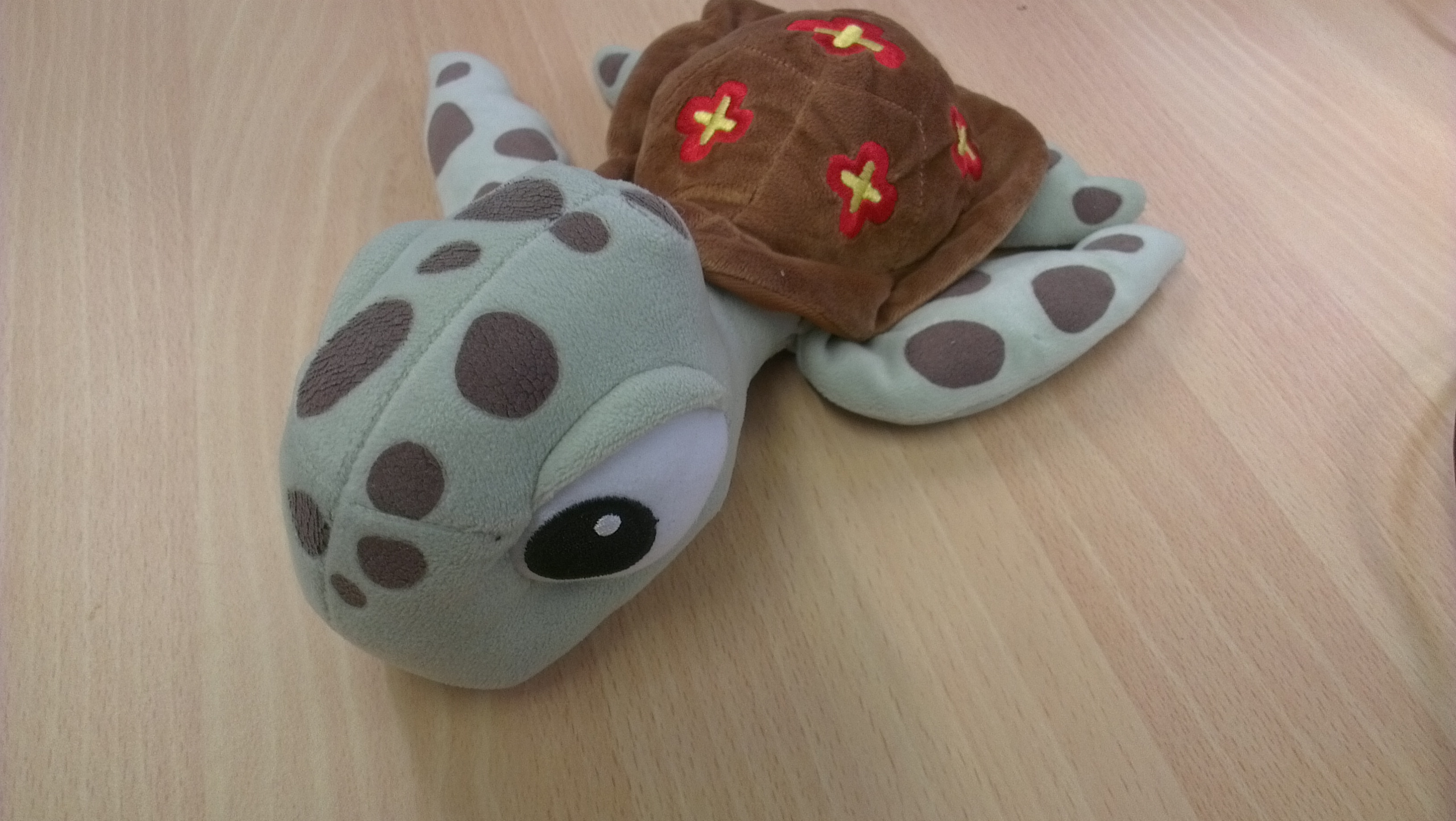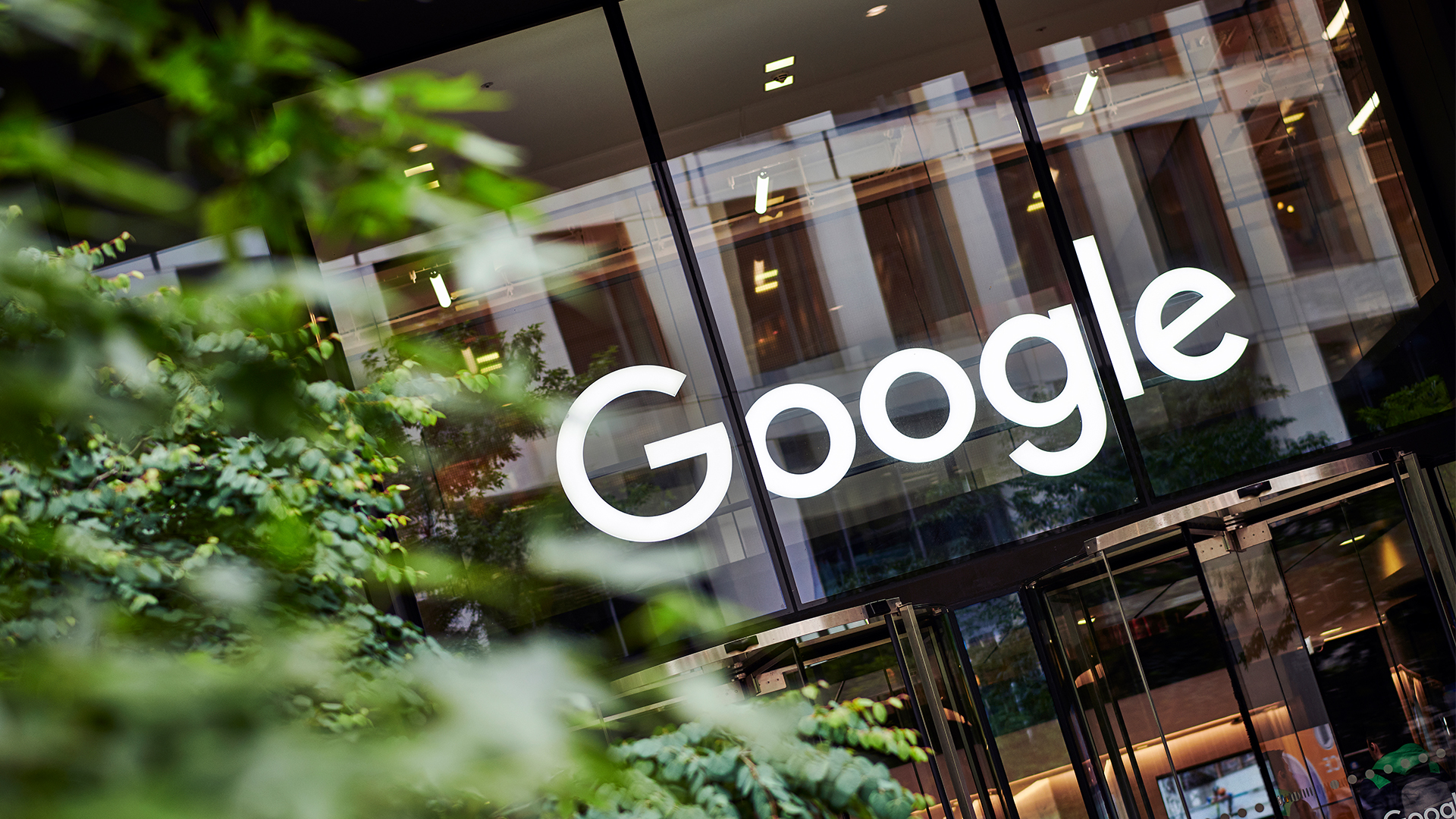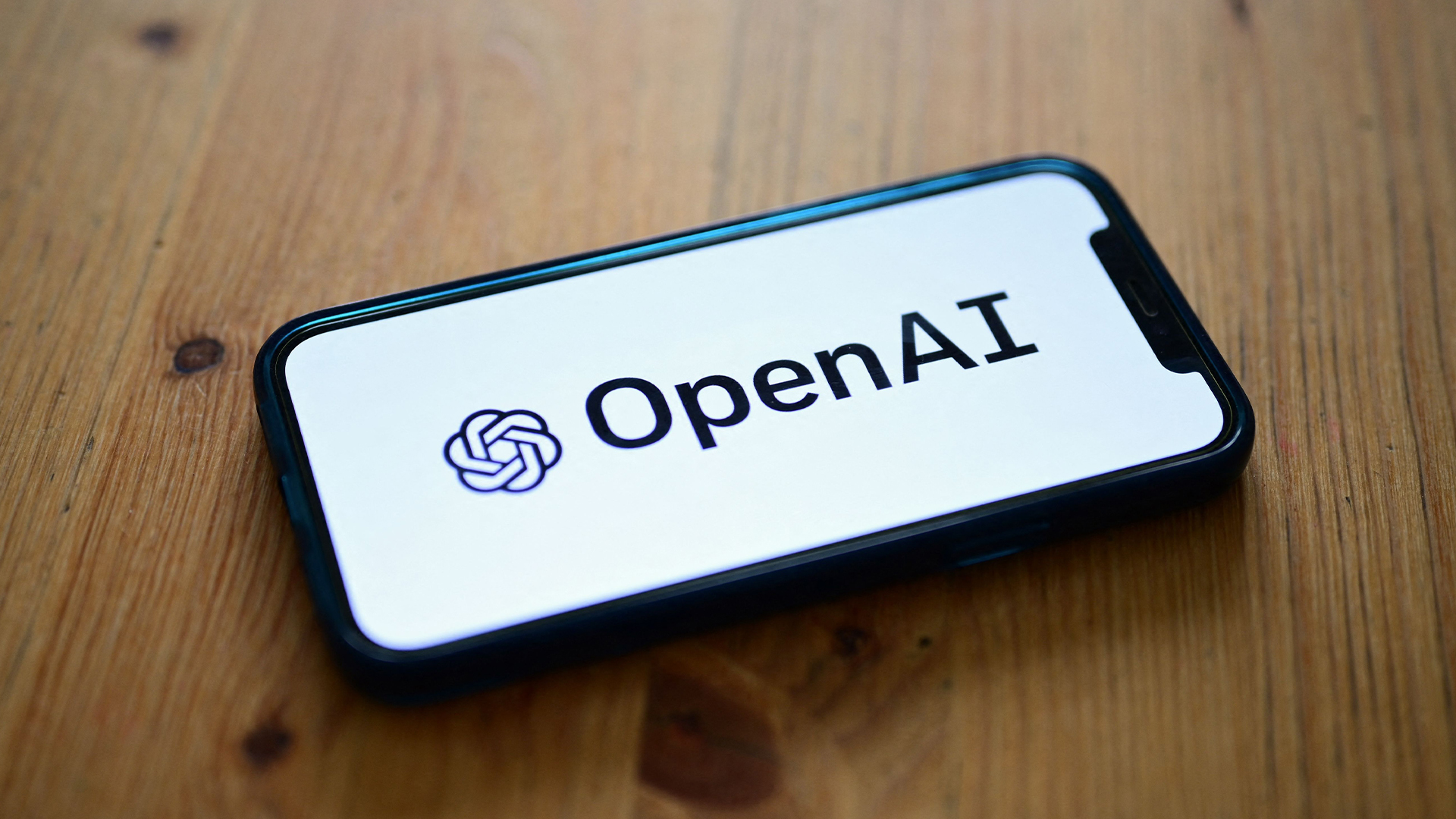HTC One X review
The flagship Android handset comes with a 4.7in screen, revamped Sense overlay and 8-megapixel camera. Khidr Suleman finds out whether HTC has done enough to overtake its rivals.
The One X is an excellent device that comes with a great screen and multimedia features. The Sense 4 interface makes it one of the best Android devices on the market from user experience standpoint. However, business users may still find battery life to be an issue especially as you can't swap out the battery.
Display
The screen is excellent and is the best we have seen on an Android smartphone to-date. Clarity of text, colour reproduction and viewing angles are outstanding and the large screen size is definitely suited to internet browsing and watching multimedia content.

Hardware
Music fans will be pleased to hear that the Beat Audio technology has been included, which helps boost the quality of sound, regardless of the headphones used.
HTC has done two things to minimise the lack of micro-SD card support. The firm has included a generous 32GB of internal storage and by partnering with Dropbox, provides users with 25GB of free cloud storage for two years.
Benchmarks
Quadrant Standard 4923Geekbench 709 Sunspider 1977.9ms
The One X stacks up reasonably well against other devices on the market. In the Geekbench test, which assesses devices based on processor and memory performance, the One X managed a score of 709. This beats the score of 626 for the iPhone 4S, but isn't quite the 941 that the Sony Xperia S clocked.
However, the One X blew away the Xperia S when it came to the synthetic Quadrant Standard app with a score of 4923 vs. 3127. In real-word testing we found the One X to offer very snappy performance across the board, leaving the Xperia S in the shade.
Sign up today and you will receive a free copy of our Future Focus 2025 report - the leading guidance on AI, cybersecurity and other IT challenges as per 700+ senior executives
Connectivity and Camera
A host of connectivity features have been built into the device including NFC, Bluetooth 4.0, DLNA and Wi-Fi. This allows users to share content between devices and stream it to other compatible devices, such as PCs or large TVs. Although these features will primarily be used for multimedia consumption, wireless connectivity is becoming increasingly useful so users can share presentations, images and videos in a business environment.
The biggest hardware improvement, aside from the processor, has been made to the camera. HTC is touting this as the headline feature as the company believes this heavily influences customer purchases.
With many business users likely to take pictures at home and for work purposes, it is becoming increasingly important to have a good camera on a device.
HTC has added an 8-megapixel lens, BSI sensor and revamped the optics by including its own image processing chip. This processes the raw files before uploading them to the gallery to help preserve clarity. The camera also has a reported start up time of 0.7 seconds and is capable of auto-focussing and taking pictures pretty much instantaneously.

A couple of other tricks include the ability to take multiple shots by holding down the camera button. This is accompanied by an amusing machine-gun sound effect and although some shots can be blurry - it is a useful addition. It is also possible to take photos whilst recording in 1080p.
-
 ‘1 engineer, 1 month, 1 million lines of code’: Microsoft wants to replace C and C++ code with Rust by 2030 – but a senior engineer insists the company has no plans on using AI to rewrite Windows source code
‘1 engineer, 1 month, 1 million lines of code’: Microsoft wants to replace C and C++ code with Rust by 2030 – but a senior engineer insists the company has no plans on using AI to rewrite Windows source codeNews Windows won’t be rewritten in Rust using AI, according to a senior Microsoft engineer, but the company still has bold plans for embracing the popular programming language
By Ross Kelly Published
-
 Google drops $4.75bn on data center and energy firm Intersect
Google drops $4.75bn on data center and energy firm IntersectNews The investment marks the latest move from Google to boost its infrastructure sustainability credentials
By Nicole Kobie Published
-
 OpenAI says prompt injection attacks are a serious threat for AI browsers – and it’s a problem that’s ‘unlikely to ever be fully solved'
OpenAI says prompt injection attacks are a serious threat for AI browsers – and it’s a problem that’s ‘unlikely to ever be fully solved'News OpenAI details efforts to protect ChatGPT Atlas against prompt injection attacks
By Nicole Kobie Published